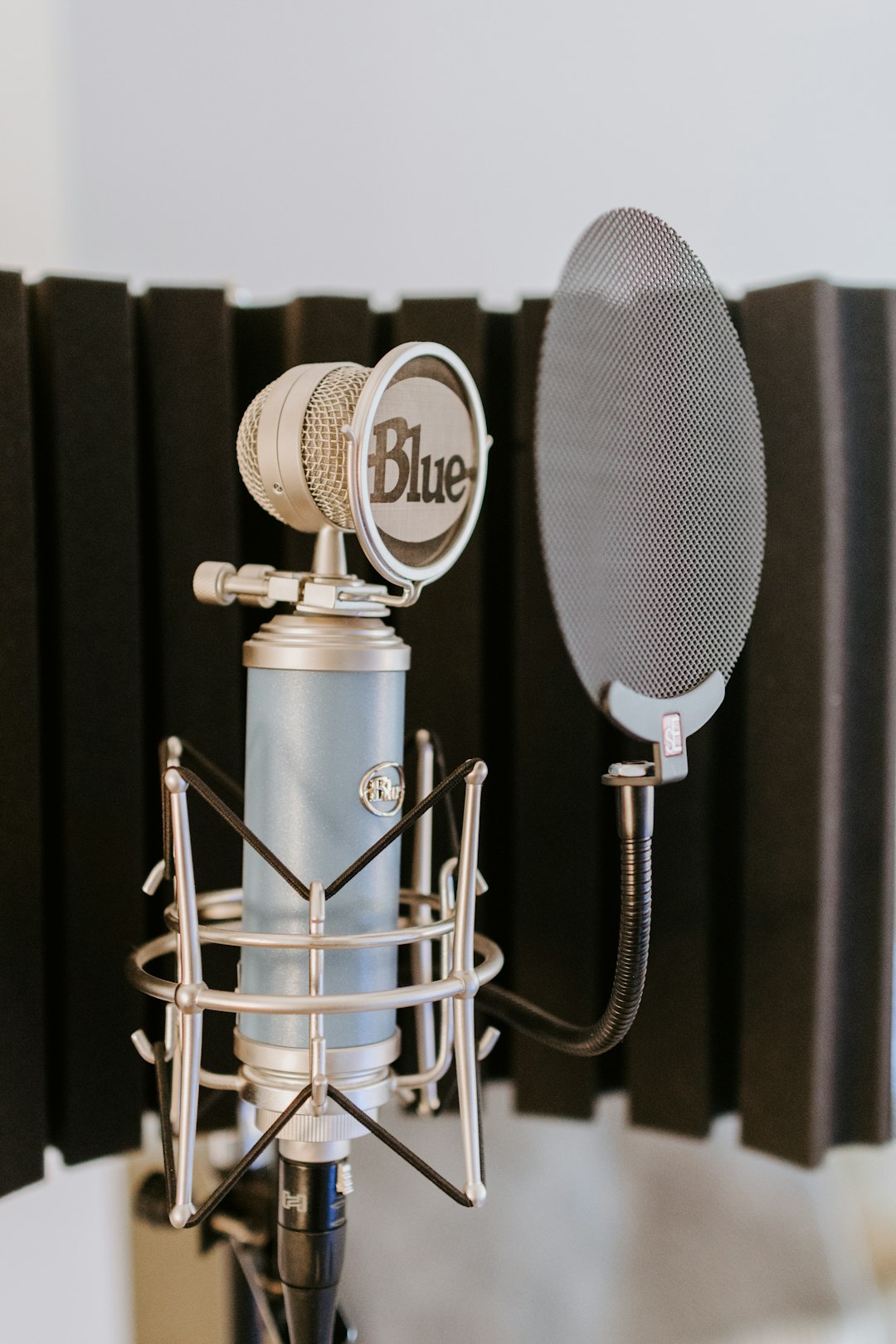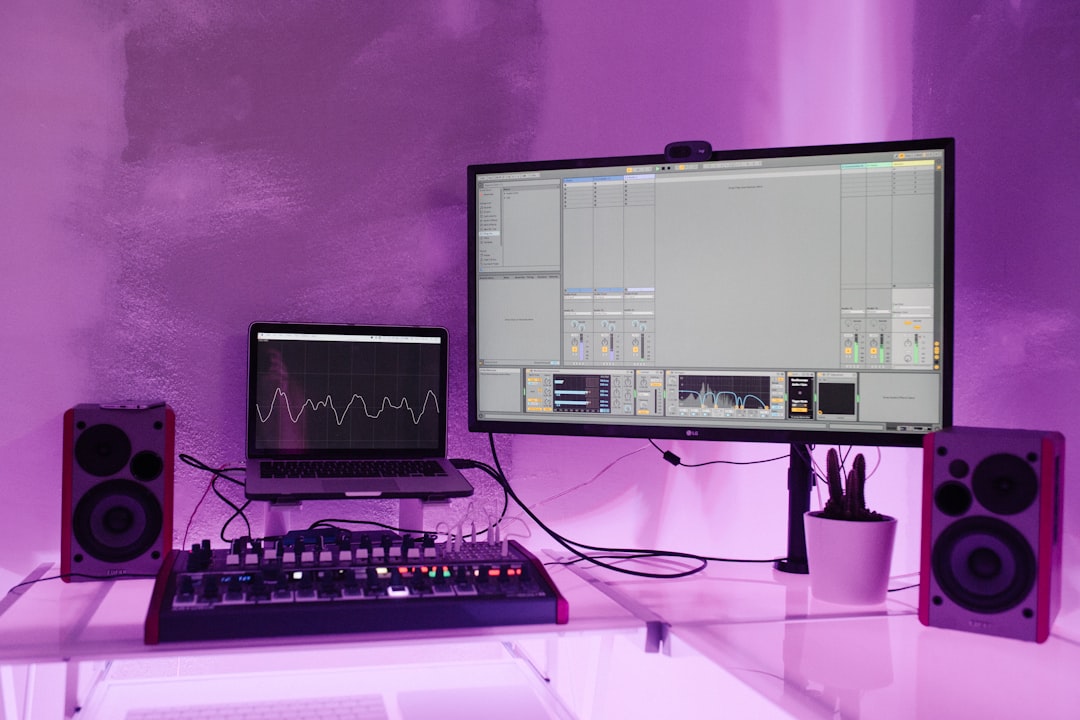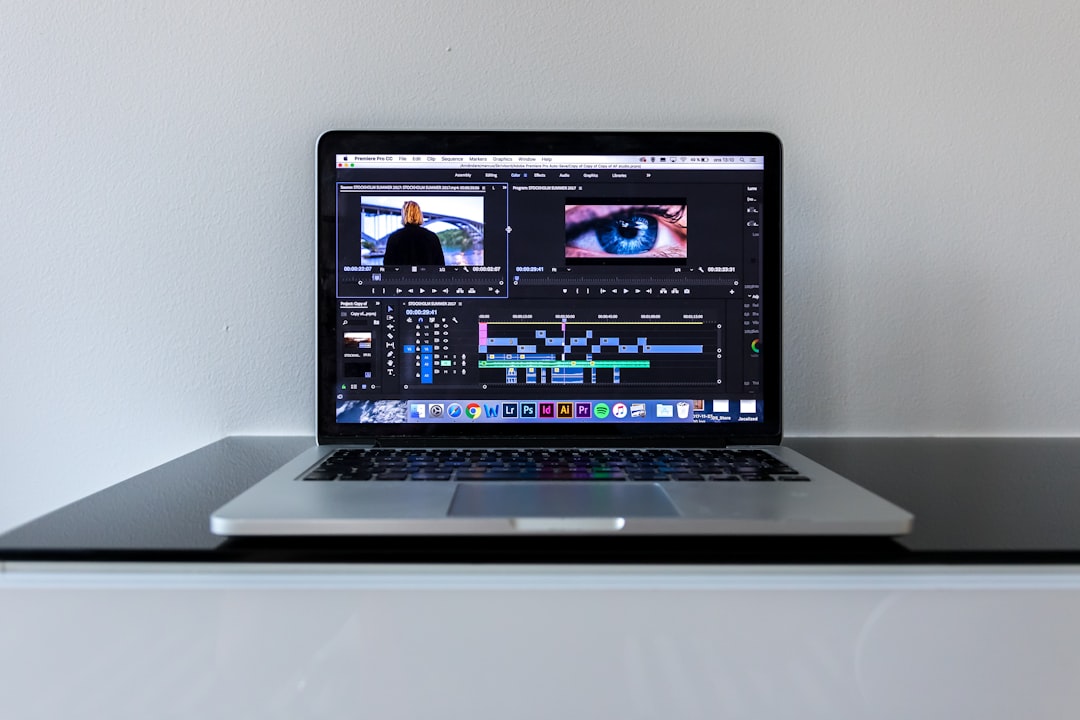There’s nothing more frustrating for video editors than losing progress due to a software crash. Adobe Premiere Pro is a powerful tool used by professionals and hobbyists alike, but it can sometimes become unstable. If your Adobe Premiere keeps generating error reports and crashing, you’re not alone. This is a common issue that can stem from multiple sources ranging from outdated drivers, corrupt project files, incompatible system configurations, or even a bug in the latest update.
In this article, we’ll explore the common causes behind recurring Premiere Pro crashes and provide a set of practical troubleshooting steps and long-term fixes to help users stabilize their editing experience.
Common Causes Behind Premiere Pro Crashes
Before diving into solutions, it’s helpful to understand the most frequent triggers that can cause Adobe Premiere to crash:
- Incompatible system hardware or software drivers
- Corrupted project or media files
- Third-party plugin conflicts
- Insufficient RAM or GPU memory
- Running outdated or beta versions of Premiere
- Incorrect rendering settings
Knowing what might be responsible gives you a head start in fixing the issue.
Step-by-Step Fixes for Adobe Premiere Pro Crashes
Here are some of the most effective ways to deal with crashes and error reports in Adobe Premiere.
1. Update Adobe Premiere and Your System
Make sure Premiere Pro is updated to the latest version via the Adobe Creative Cloud app. Adobe routinely releases bug fixes and optimizations that can solve system-specific issues.
Likewise, make sure your operating system, GPU drivers, and sound drivers are also fully updated. Incompatibility between Premiere and your OS or drivers can lead to very frequent error reports and shutdowns.
2. Reset Preferences and Plugin Cache
If crashes started recently, it may be due to broken preferences or corrupted cache files.
- To reset Premiere preferences, hold Alt (Windows) or Option (Mac) while launching the program. Keep holding the key until it loads fully.
- To clear plugin cache, go to Edit > Preferences > Media Cache and click “Delete Unused”.
This simple reset often resolves random crashes after updates or changes.
3. Test Media Files for Corruption
Some crashes originate not from the system, but from corrupted video or audio files. Try the following:
- Import your media into a fresh project and see if it crashes.
- Try transcoding or replacing specific files causing issues.
- Check file formats and ensure compatibility with Premiere Pro.

4. Turn Off GPU Acceleration
GPU acceleration can greatly speed up rendering, but it can also cause instability—especially with incompatible or older graphics cards.
To disable GPU acceleration:
- Navigate to File > Project Settings > General
- Under “Renderer,” switch to “Mercury Playback Engine Software Only”
If this fixes the crashing, the problem may lie with your graphics driver or the GPU itself.
5. Avoid Auto-save Conflicts
Frequent auto-save interruptions can crash a project, especially if large files are involved. Try disabling auto-save temporarily under Edit > Preferences > Auto Save, or at least extend the time interval.
6. Reinstall Adobe Premiere Pro
If all else fails, fully uninstall and reinstall Premiere Pro. Use the Adobe Creative Cloud app to do this properly:
- Uninstall Premiere from the Creative Cloud desktop app
- Delete leftover files in Documents > Adobe > Premiere Pro
- Reinstall the latest version of Premiere Pro
This clean slate can remove residual bugs or corrupted installation files.
7. Use the Adobe Crash Reporter to Analyze Logs
Adobe’s crash reports can provide clues. When Premiere crashes, a pop-up usually appears offering to send an error report. Click “View Report” to access crash details and error logs.
You can also check:
- Event Viewer on Windows (under Application logs)
- Console on Mac (search for Adobe-related crash logs)
If a specific plugin or component is mentioned repeatedly, consider disabling or removing it.
8. System Optimization for Video Editing
Premiere Pro is demanding on hardware. Make sure your system is optimized for editing tasks.
- Use SSDs – Store media and cache files on solid-state drives for faster access.
- Maximize RAM – At least 16GB is recommended for smooth performance.
- Monitor Background Processes – Use Task Manager or Activity Monitor to close heavy apps running in the background.

Preventing Future Adobe Premiere Pro Crashes
Once your current crash issue is resolved, there are some best practices that help you avoid problems in the future:
- Save Often and enable versioned backups using Project Auto Save.
- Avoid using third-party plugins from uncertified developers.
- Use proxy files for large resolution clips like 4K or 8K to reduce strain.
- Keep your software updated and monitor release notes for known issues.
Frequently Asked Questions (FAQ)
Why does Adobe Premiere keep crashing on startup?
This could be caused by corrupted preferences or a damaged plugin. Try launching Premiere with Alt (Windows) or Option (Mac) held down to reset settings. Also try unplugging external gear like control surfaces or audio devices.
How do I stop Premiere from constantly generating crash error reports?
Error report prompts appear after ungraceful shutdowns. Fix the root issue (often hardware or plugin related) to stop the reports. You can also use the logs to identify faulty script files or codecs.
Will clearing the cache delete my Premiere projects?
No, clearing media cache will not delete your projects. It only removes stored render files, thumbnails, and temporary data used to help Premiere run faster.
What if I see a specific error code every time it crashes?
Error codes like “ImportError”, “GPU Render Error”, or “File Format Not Supported” can give you key information. Google the specific code along with the version of Premiere you’re using. Adobe forums are also useful resources.
Can antivirus software interfere with Premiere?
Yes, in some cases antivirus software may block or sandbox Adobe processes. Try temporarily disabling it or adding Adobe Premiere as an exception in the antivirus settings.
Adobe Premiere Pro is a valuable tool, but any software as complex as this can occasionally falter. By isolating the cause of the crash—whether it’s a media file, driver, or system misconfiguration—editors can take steps to fix the problem quickly and prevent it from recurring.
Staying on top of updates, maintaining a clean system environment, and using best practices can go a long way in ensuring a smooth editing workflow.




